The Fake Drug Epidemic: How Counterfeit Medicines Are Flooding African Markets
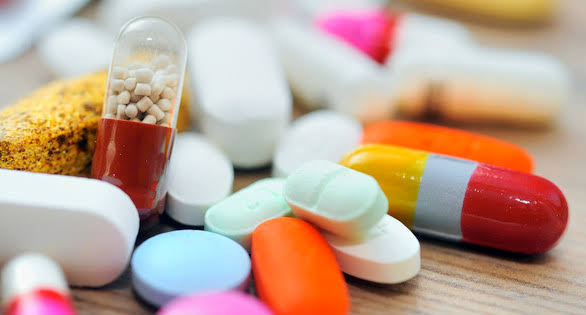
INTRODUCTION: Deadly Pills, Empty results
Imagine a mother buying antibiotics for her feverish child from a local pharmacy. The packaging looks authentic, the price reasonable. But days later, the child’s condition worsens and fests reveal a horrifying truth the medicine contained no active ingredient at all. It was nothing more than colored chalk.
This isn’t an isolated tragedy. Across sub-Saharan Africa, nearly half a million people die every year from fake and substandard medicines, according to the UN Office on Drugs and Crime. These deaths are often silent, hidden behind medical records that list “malaria,” “pneumonia,” or “drug resistance” as the cause, while the true killer slips through unnoticed.
While global counterfeit factories churn out fake pills that flood African markets, the real scandal lies closer to home: porous borders, weak regulatory oversight, and a healthcare system stretched beyond breaking point. It is a crisis that thrives in the shadows, preying on the trust of patients and the desperation of families.
THE SCALE OF THE CRISIS: One In Five Pills Is Fake
The numbers are staggering and deadly. According to joint research from the World Health Organization (WHO) and the United Nations Office on Drugs and Crime (UNODC), up to one in every ten medicines circulating in Africa is either fake or dangerously substandard. In some countries, the figure spikes to over 30% when testing common lifesaving drugs like antimalarials and antibiotics.

Photo Credit: The Guardian
These aren’t just faulty batches from careless manufacturers; they are often deliberately engineered counterfeits expertly packaged to look legitimate but containing little or no active ingredients. In some cases, they are laced with toxic fillers like industrial paint, flour, or powdered brick.
The most targeted drugs are the very ones Africa can least afford to compromise and is essential, it’s a crisis built on high demand and low affordability, where counterfeiters exploit the gap between what patients need and what they can afford flooding markets with cheap, lethal imitations that too often pass unnoticed until it’s too late.
HOW THE FAKES FLOOD AFRICAN MARKETS
The journey of a counterfeit pill into an African medicine cabinet is rarely a straight line — it’s a maze of loopholes, corruption, and calculated deception.

Photo Credit: India Today
A. Supply Chain Loopholes
Africa’s borders are notoriously porous. Smugglers move fake medicines alongside contraband cigarettes, textiles, and electronics. At ports and airports, while underfunded, inspection teams lack the resources to test every consignment. In many countries, import paperwork is treated as proof of authenticity even when the goods inside tell a different story.
B. Street Pharmacies
Once inside the country, counterfeit drugs slip into the informal retail network roadside stalls, open-air markets, and unlicensed street pharmacies where medicines are sold like groceries.
C. The International Trail
Investigations by Interpol and national drug agencies have traced many counterfeit shipments to industrial-scale factories. The drugs are often shipped as “chemical goods” or “nutritional supplements” to evade detection. Once in Africa, they are repackaged locally with forged expiry dates and holograms, making them almost indistinguishable from genuine products.
ECONOMIC DAMAGE: Billions Lost
The counterfeit drug crisis is not only killing people, it’s bleeding Africa’s economies dry.
A. The Hidden Cost
Treating the victims of fake and substandard medicines costs African nations a lot of money, that’s money siphoned away from already overstretched health budgets, funds that could have built clinics, trained nurses, or stocked genuine life-saving drugs.
Legitimate pharmaceutical companies are also hit hard. Local manufacturers and licensed importers struggle to compete with the rock-bottom prices of counterfeits, losing market share to criminal networks. Some shut down entirely, unable to match prices without breaking the law. The result? More market space for fake drugs.
B. Trust Erosion
The damage extends beyond balance sheets. As counterfeit medicines spread, public trust in hospitals, pharmacies, and health authorities collapses. Patients question whether the drugs they’re prescribed are real. Some turn to black-market alternatives or traditional remedies, further eroding public health efforts.
Once trust is broken, even genuine drugs become suspect a dangerous spiral that makes recovery harder and criminal profiteering easier.
REGULATORY STRUGGLE: Fighting A Shadow Economy
Africa’s war on counterfeit medicines is being fought with slingshots against an army armed with billions.
A. Weak Enforcement
In many countries, the laws governing medicine quality were written decades ago before e-commerce, globalized supply chains, and industrial-scale counterfeiting even existed. Penalties are often laughably small, amounting to little more than a business expense for criminal networks.
Regulatory bodies like NAFDAC in Nigeria or the Pharmacy & Poisons Board in Kenya are tasked with policing sprawling markets and vast borders but they are chronically underfunded, understaffed, and overstretched. With a handful of inspectors for millions of citizens, fake drugs slip through like water through a sieve.
B. Crackdowns That Work — Briefly
Occasionally, authorities strike back. Container-loads of counterfeit pills are seized at ports. Street vendors are arrested. Public burnings of fake drugs are staged for the cameras. But the victories are often short-lived.
Counterfeit networks are nimble and highly adaptive changing brand names, altering packaging, or rerouting shipments before regulators can even catch up. Within weeks of a high-profile raid, the same products resurface under different labels, sold in the same markets, sometimes by the same vendors.
It’s a shadow economy that thrives on weak governance, and until enforcement becomes both smarter and sustained, these small wins will remain fleeting.
TECH AND INNOVATION: Turning The Tide
While counterfeiters adapt fast, technology is finally giving regulators, pharmacists, and patients new tools to fight back.
A. Verification Solutions
Nigeria’s Mobile Authentication Service (MAS) has been a game-changer in giving power back to consumers. Legitimate drug packs carry a scratch-off code; buyers text it to a toll-free number to instantly confirm authenticity. Similar SMS-based verification platforms are rolling out in Kenya, Ghana, and Rwanda, putting real-time drug checks in the hands of everyday citizens even in areas with no internet access.
B. Blockchain and AI
Some African startups are experimenting with blockchain systems to log every step of a medicine’s journey from factory floor to pharmacy shelf making it almost impossible to swap in fakes without detection.
At customs, AI-powered scanners and image recognition tools are being tested to spot telltale flaws in packaging, from blurred logos to incorrect hologram placement. Combined with predictive analytics, these systems could flag suspicious shipments before they even leave the port.
GLOBAL RESPONSIBILITY: WHO OWNS THIS CRISIS?
Africa’s fake drug epidemic isn’t just a local failure — it’s a global scandal with fingerprints in faraway factories and shipping ports.
A. Exporting Nations’ Role
Many of the counterfeit medicines flooding African markets originate from industrial-scale operations in foreign countries. While these countries are also home to legitimate pharmaceutical giants, lax oversight and corrupt networks allow rogue manufacturers to churn out perfect-looking but deadly fakes for export.
B. International Cooperation
No single country can dismantle the counterfeit drug trade alone. Criminal networks operate across multiple jurisdictions, using smuggling routes that shift constantly to avoid detection.
A sustained, coordinated effort blending law enforcement, technology, and diplomatic pressure is the only way to dismantle this shadow industry. Without it, Africa will remain an open market for counterfeiters, and the world will remain complicit.
SOLUTIONS AND ROADMAP FOR ACTION
Africa’s counterfeit drug crisis isn’t inevitable, it’s the result of choices. And with the right mix of enforcement, education, and economic strategy, those choices can change.
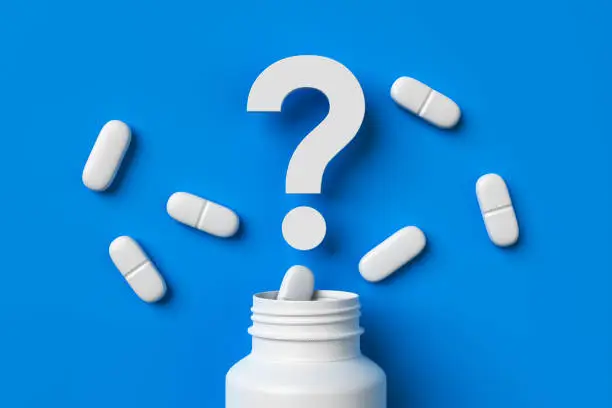
Photo Credit: Unsplash
A. Strengthening Borders and Laws
Tougher import controls are non-negotiable. That means scanning every shipment, building specialized anti-counterfeit units at ports, and upgrading customs technology. Outdated drug laws must be rewritten with stiff penalties that make trafficking fake medicines a high-risk, low-reward crime.
B. Public Education
Citizens are the first line of defense. National campaigns should teach people how to spot suspicious packaging, check verification codes, and report shady vendors. Public health messaging must be constant not just after a big scandal.
In rural areas where fake drugs often circulate freely, outreach should leverage radio, community leaders, and schools to spread awareness.
C. Building Local Pharmaceutical Capacity
The most strategic long-term solution is to reduce dependence on imports by investing in local drug manufacturing. Countries like South Africa, Morocco, and Egypt already have growing pharmaceutical sectors but regional partnerships could make Africa a genuine hub for affordable, quality medicines.
CONCLUSION: A Deadly Business That Thrive on Weakness
The counterfeit drug epidemic is more than an underworld hustle, it’s a mirror reflecting Africa’s deepest vulnerabilities: weak borders, underfunded health systems, and fractured governance. Criminals don’t just exploit these weaknesses; they depend on them.
But this fight can be won. With coordinated policy, relentless enforcement, and a vigilant public, Africa can choke off the supply chains that have turned pharmacies into minefields.
Every fake pill sold is a silent death sentence, one that doesn’t just kill patients, but trust, progress, and hope. Ending the silence is the first step toward ending the epidemic.
Recommended Articles
Crypto Boom: Africa Leads Global Blockchain Adoption with Staggering 1200% Market Growth

Emurgo Africa's report highlights Africa's unprecedented Web3 and blockchain adoption, showcasing a 1,668% funding incre...
Google Unleashes 5 Key Innovations to Supercharge Search in Africa

Google is celebrating its 25th anniversary by highlighting its significant impact, particularly in Africa, through five ...
EdTech Revolution in Africa: Tailored Solutions Crucial for Success

Africa's youthful population faces significant learning poverty, making digital transformation in education essential. E...
Google Unleashes AI Skilling Blueprint to Transform Africa's Workforce
Google has launched the AI Skilling Blueprint for Africa, a comprehensive policy roadmap aimed at bridging the continent...
Nestlé Under Fire: 'Double Standards' Claimed in African Baby Food Sugar Scandal
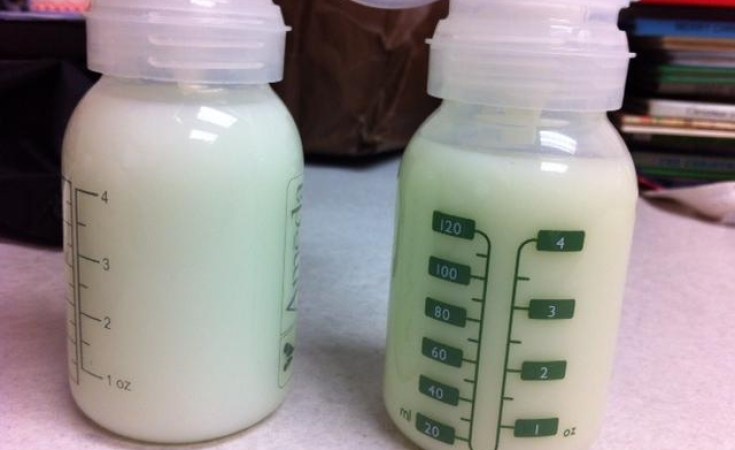
Nestlé Nigeria has responded to allegations of adding sugar to its baby food products in Africa while offering sugar-fre...
Canada Issues Dire High-Risk Travel Warning for Nigeria and 16 African Nations

Canada has issued comprehensive high-risk travel advisories between November 13 and 15, 2025, significantly reassessing ...
You may also like...
Super Eagles' Shocking Defeat: Egypt Sinks Nigeria 2-1 in AFCON 2025 Warm-Up

Nigeria's Super Eagles suffered a 2-1 defeat to Egypt in their only preparatory friendly for the 2025 Africa Cup of Nati...
Knicks Reign Supreme! New York Defeats Spurs to Claim Coveted 2025 NBA Cup

The New York Knicks secured the 2025 Emirates NBA Cup title with a 124-113 comeback victory over the San Antonio Spurs i...
Warner Bros. Discovery's Acquisition Saga: Paramount Deal Hits Rocky Shores Amid Rival Bids!
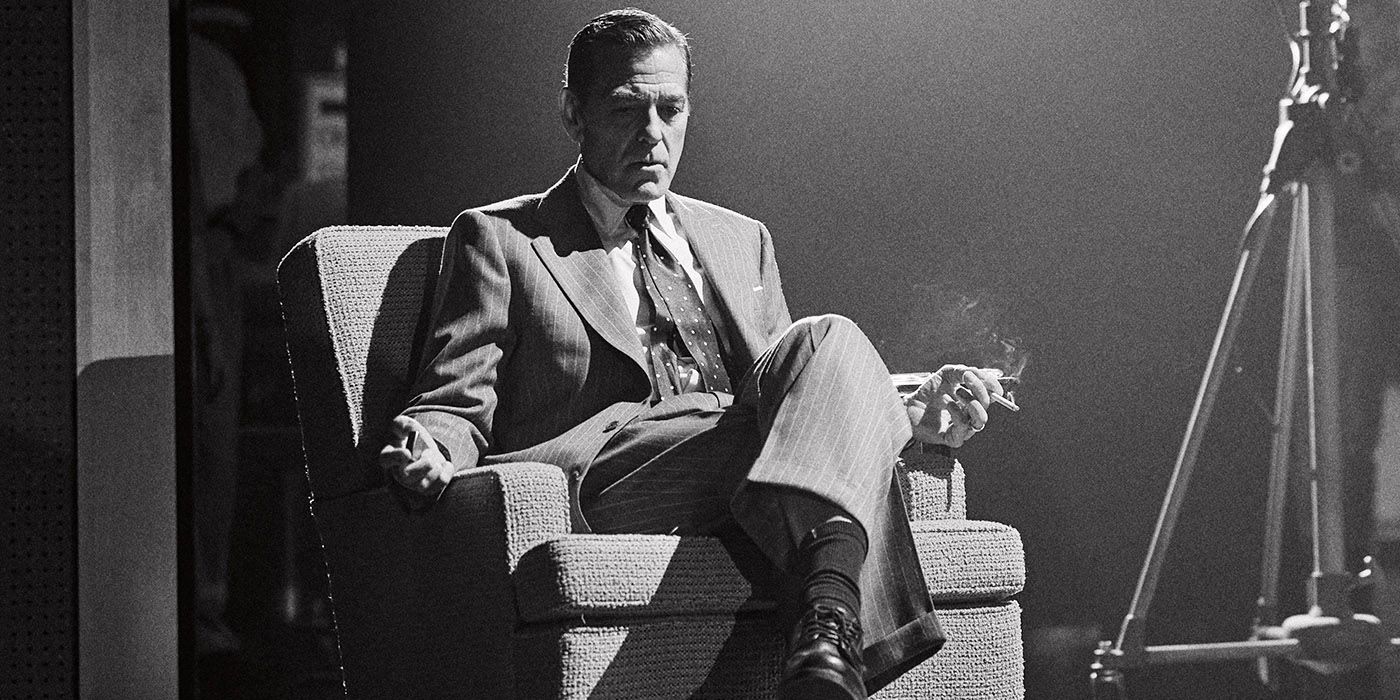
Hollywood's intense studio battle for Warner Bros. Discovery concluded as the WBD board formally rejected Paramount Skyd...
Music World Mourns: Beloved DJ Warras Brutally Murdered in Johannesburg

DJ Warras, also known as Warrick Stock, was fatally shot in Johannesburg's CBD, adding to a concerning string of murders...
Palm Royale Showrunner Dishes on 'Much Darker' Season 2 Death

"Palm Royale" Season 2, Episode 6, introduces a shocking twin twist, with Kristen Wiig playing both Maxine and her long-...
World Cup Fiasco: DR Congo Faces Eligibility Probe, Sparks 'Back Door' Accusations from Nigeria

The NFF has petitioned FIFA over DR Congo's alleged use of ineligible players in the 2026 World Cup playoffs, potentiall...
Trump's Travel Ban Fallout: African Nations Hit Hard by US Restrictions
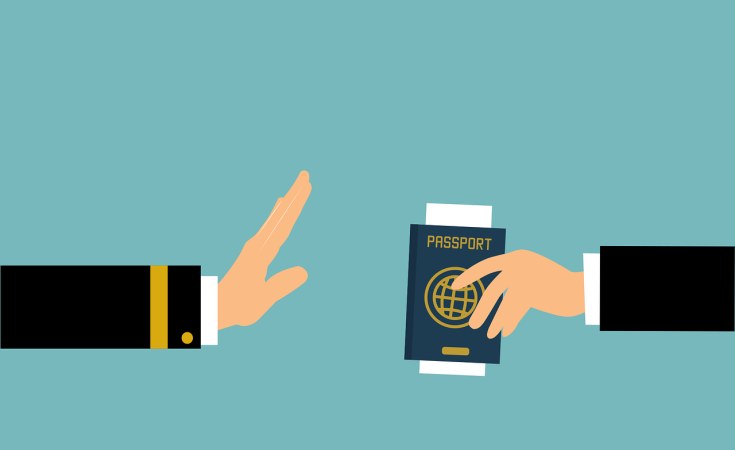
The Trump administration has significantly expanded its travel restrictions, imposing new partial bans on countries like...
Shocking Oversight: Super-Fit Runner Dies After Heart Attack Symptoms Dismissed as Heartburn

The family of Kristian Hudson, a 'super-fit' 42-year-old marathon runner, is seeking accountability from NHS staff after...
